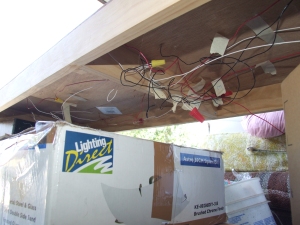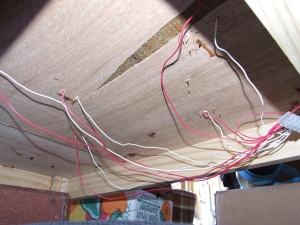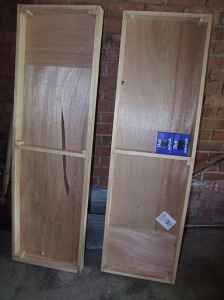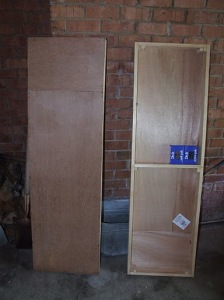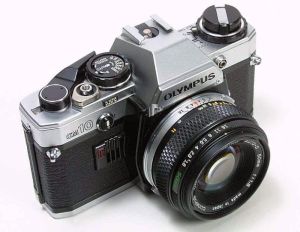I’ve been using IRC since the late 90’s. Starting with ChristianCHAT.com (when they were still using IRC, and still based on WebNet), I moved to CCNet, then to ChristianWorld, then back again, and then it became a big blur as I discovered a large number of Christian IRC Chat servers. But that was over 10 years ago – the world of Christian IRC has changed several times since then, and the number of Christian Chat servers is in decline.
Especially with Christian-Chat.net closing their IRC server in the last month or so, the users have spread or just stopped chatting. This is my attempt to review as many of the Christian IRC servers I can find, as fairly as I can, although it is also entirely based on my experience as a more-experienced-than-average user. I also try to list the website, the IRC address, and the average number of users at peak. Peak time is usually considered to be weekends or evenings, ranging from about 7pm til 12am ET, and chatters may or may not be active outside of these times – this is just typically when things tend to become active. Lastly, if I’ve missed any – please let me know so I can check them out and add them to the list. I’d appreciate it, and I’m sure they wouldn’t mind the free advertising.
Let’s start with the one I am most biased towards, and then move on with the rest.
UCCN – the United Christian Chat Network. (irc.unitedchristianchat.net, irc.godsirc.com, irc.christian-irc.com, irc.i-al.net)
UCCN is the largest network in terms of servers and services. Using 3 client servers (4 if you count the IPv6 server), UCCN is almost entirely redundant, allowing for any one server to fail and still serve the users. The staff are nice, and the policy is for as much self-government by channels/rooms as possible. Average of around 25-30 real users at peak.
JesusFreak-IRC – the Jesus Freak IRC Network. (irc.jesusfreak-irc.com)
JFIRC is the server that seemed to pick up most of the CCNet users, and is run by former CCNet staff of various capacities. Undying (Jeremy) is the official owner, with Ducky hosting the network on his home server. At the time of writing, the server is unavailable due to hardware failure. JFIRC are a lot more like the old CCNet, using a closed channel registration model, and a much tighter level of control from the server staff. Averaged around 20-30 real users at peak.
RGC-Chat – the RGC Ministries server. (irc.rgc-chat.net)
I haven’t spent a lot of time at RGC’s server, although they seem like a nice enough group of people. Channel registration is also closed, requiring a request to be made for opening a new room. Average seems to be around 20 real users at peak.
aBlazeNet – the aBlaze Network. (irc.ablazenet.org, irc.ablazenet.net, irc.ablazenet.com)
I used to work as an IRC Administrator for aBlazeNet, back around 2003 or so. Not a whole lot has changed – still an open registration model, meaning anyone can register a new channel, and the staff are rather easygoing and don’t interfere with channels unless they need to. Average seems to be around 20-25 real users at peak.
SalvationsCorner – Salvations Corner (irc.salvationscorner.net)
Once a hopping place, Salvations Corner is now one of the quietest and most desolate IRC servers I have seen in recent history. With 2 users, not much goes on. I’m sure they’d appreciate some new people! Average maybe 5 real users at peak.
CalvarysLove – Calvary’s Love (irc.calvaryslove.ca)
A while back, Colin (SeekHim) was an active member of the staff at UCCN. One day, some disagreements happened that apparently were unresolvable except by him leaving, and he elected to start his own IRC server. I took a brief look today, and he seems to be averaging the same number as he did those years back. Average maybe 5 real users at peak.
JROI – Jesus Rocks on IRC (irc.jesusrocksonirc.net)
To be honest, this one I can’t give an unbiased review towards, because I have been a ban-on-sight user for as long as I can remember. This means I can’t be on the server for more than about 5 minutes before I am shunned (meaning I can’t do anything – noone will see what I say, I can’t join channels, etc), I am force-parted (meaning a staff member forces me to part any channels I’m in, so that it appears I voluntarily left), and then banned from the server. As far as the users see, I join, I say hi, I part, and don’t come back.
The funny part is, I’m not entirely sure why. I endeavored to find out once, and was told (via a third party) about some event where I tried to steal the server. I vaguely recall the event in question, although my recollection appears to be completely different to GadFires (the owner of JROI). I would be happy to discuss this with him, except he refused to respond to any of the attempts I made to talk to him about it.This would also surprise me, except that his reputation precedes him as being a kick/kill/ban first, ignore questions later kind of admin.
As I recall, from the few times I was able to evade bans long enough to actually chat, the users are all rather nice. The staff aren’t always technically literate, but they are very friendly and somewhat happy to chat. They are a younger group, most of them are teenagers, so this should be taken into consideration also. According to SearchIRC’s listing of JROI, they have around 50-60 users. Taking into account services, this has a reasonable average of around 40-50 real users at peak.




